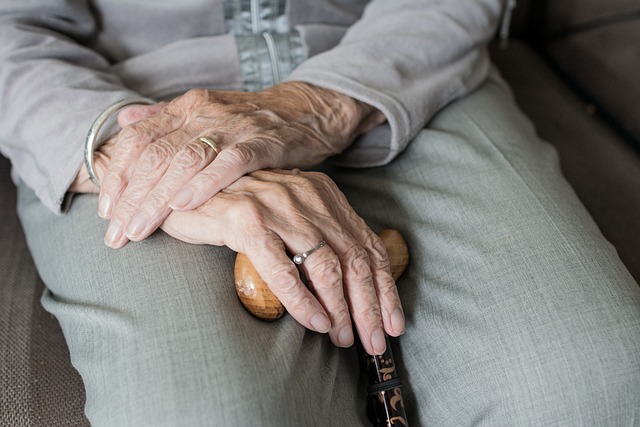
As individuals age or face mobility challenges, the home can become a source of obstacles rather than comfort. While many homes are designed with aesthetics in mind, they often lack the practical considerations that make daily activities safe and manageable. Here’s how to thoughtfully adapt a living space to enhance accessibility and usability without sacrificing style or function.
Entryways and Doorways: The First Hurdle
The journey into the home should be seamless. Stairs pose a significant risk, so installing a sturdy ramp with a gentle incline is often necessary. Thresholds should be minimized or replaced with smooth transitions to reduce tripping hazards. Standard doorways can be restrictive—widening them to at least 36 inches accommodates wheelchairs and walkers with ease. Lever-style door handles replace traditional knobs for effortless operation.
Flooring Considerations: Stability Over Style
While plush carpeting may feel comfortable, it can impede movement for those using mobility aids. Instead, opt for low-pile carpets or non-slip flooring materials like textured vinyl or cork, which provide grip without being a hazard. Area rugs should be secured or removed entirely to prevent accidental slips.
Bathroom Modifications: Addressing the Most Hazardous Space
The bathroom is one of the most accident-prone areas in a home, making modifications essential. Walk-in showers with zero-entry thresholds eliminate the need to step over a tub edge, and installing grab bars in key areas—inside the shower, near the toilet, and along walls—provides additional support. A wall-mounted or fold-down shower seat increases safety and comfort. Floor tiles should have a non-slip finish, and a handheld showerhead adds flexibility for seated use.
Kitchen Adaptations: Enhancing Functionality Without Sacrificing Design
Countertops and cabinets should be lowered for ease of use from a seated position. Pull-out shelves, touch-to-open cabinets, and D-shaped drawer handles make access effortless. A side-opening oven door reduces the risk of burns from reaching over hot surfaces, while an induction cooktop minimizes fire hazards. Task lighting under cabinets ensures that workspaces are well-lit and user-friendly.
General Safety Enhancements: Thinking Beyond the Basics
Smart home technology offers hands-free control over lighting, temperature, and security. Motion-sensor lights illuminate pathways at night, while voice-activated assistants can adjust settings without the need for physical effort. Stairlifts or residential elevators provide independence for multi-level homes, and furniture should be arranged with ample space to navigate without obstruction.
Adapting a home for aging or mobility limitations doesn’t mean sacrificing style—it means designing with intention. Thoughtful modifications not only enhance safety and independence but also preserve the dignity and comfort of those who call the space home.
